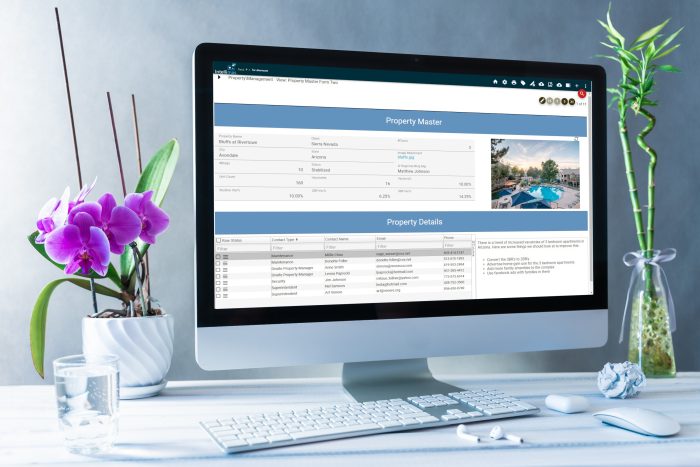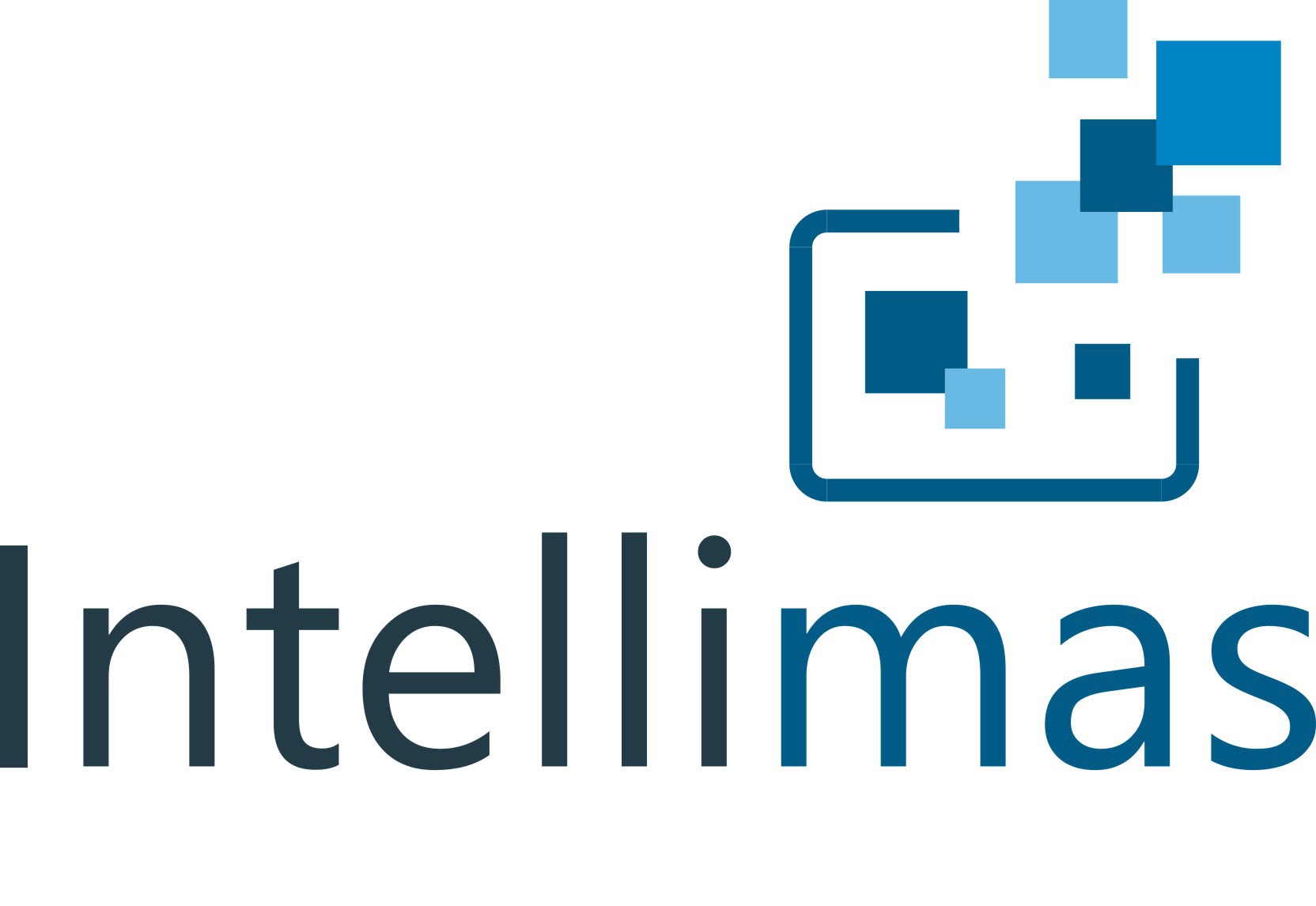Introduction
Our Intellimas software is considered a low code application platform (LCAP). This means that it can help you deploy web apps in days in order to solve business problems and handle important use cases. This blog post drills into what an LCAP is and why you need one for your organization.
What is an LCAP?
IBM defines LCAP’s as “a visual approach to software development that enables faster delivery of applications through minimal hand-coding.” ¹ Some of these platforms can create code which can later be modified by programmers. Some will allow you to put together an application with a simple user interface, but without code, so the need for a programmer is minimized. Intellimas falls into the latter category, but with a twist which we will get into later.
Why use an LCAP?
We are at an age where organizations need a variety of apps in order to remain competitive in the marketplace. And apps need to be created quickly to handle business or environment change. An example of this is how one of our college clients needed a way to track Covid test results to promptly determine if policy changes were needed at the beginning of the pandemic. The college could not wait months for a custom solution to be created and they already had Intellimas for other use cases, so it made sense to extend it into this new area. They could have used a spreadsheet but well, see the next point.
"Our user teams use online spreadsheets. These are good enough for us."
The good news with online spreadsheets is that end users can create one for business use in minutes. The bad news is that many end users can create many of these in minutes. Grass roots app creation can wreak havoc in medium and large enterprises. There is a reason why IT application teams exist. They are the gatekeepers that help eliminate application and data redundancy. We all love spreadsheets for their ability to handle ad hoc processes. However, when you have several people contributing to them, or you are downloading enterprise data into them with all kinds of vlookups, or you are close to maxing out the column or row limit, it is time for a web app. LCAP’s can help IT or power users quickly create apps that are standardized to provide one version of the truth and handle business requirements in a rapid, but accurate way. Some companies will use Sharepoint or document management software to manage spreadsheets. This is certainly better than the grass roots approach, but you are still using spreadsheets to manage important processes, which lack the capabilities of LCAP’s such as:
- Configurable alerts
- Enterprise reporting and dashboarding
- Configurable user interface with many field or control options
- Enterprise data integration
- Exception management
- Field level security
- Full fledged multi-user platform
"Why use an LCAP? We have an enterprise system that covers everything we need."
You can determine if your enterprise-system-only approach is a good strategy by the number of rogue spreadsheets that are running the business. Take an inventory of these at some point and it may lead you to start looking at LCAP’s. Enterprise systems almost always have gaps and they tend to not be nimble enough to handle change without large customizations. They are of course critical to the enterprise so it is important that any LCAP you choose can easily retrieve data from them to avoid redundancy.
An LCAP must be part of an enterprise strategy
It is time for at least medium and larger organizations to include LCAP’s as part of their overall application strategy. ERP, RMS, CRM, SIS, and Accounting systems are all necessary to run the operations. But LCAP’s are needed to fill in the gaps and provide real business value. You can hire a team of programmers to handle this, but it can be cost prohibitive. Forbes comments on this “The digitization of operations across all industries has created a situation in which the need to produce new software applications completely outpaces the capacity of trained developers, IT professionals, SREs (site reliability engineers) and other technical staff. However, there is a lot of untapped potential among non-technical workers, and no-code can help these employees bridge the gap of unmet software needs—while also better aligning business needs with IT strategy and implementation.” Successful LCAP implementations can be managed by an IT Applications team, a business sponsor, or the vendor (with direction from the business or IT). No matter how the apps are deployed and who manages them, they must be implemented in a strategic way in order to advance business capabilities and smarter process management. The LCAP should also provide you with the agility to test out various app approaches before you move them into production use. Thus it is critical that the apps you create are easily modifiable.
The Case for Intellimas as your LCAP
Intellimas is built for speed, both in the app creation process and end user data entry. Having said that, Intellimas can also help you create comprehensive apps with multiple grids and forms along with plenty of business logic and integration. We use scripting (C# or VB) to handle much of this which gives our clients unparalleled flexibility. Of course, the more you use the script, the more we go from No Code to Low Code, but script is much more maintainable and scalable than raw code. Either way, Intellimas provides this flexibility so that you can handle apps for a variety of use cases.
Our clients typically buy Intellimas to handle one use case and then roll it out for many others. In fact some of our recent clients compared various low code applications and felt Intellimas was the best choice for their low code application strategy. Below are some case studies for reference, but as always we are glad to discuss your specific needs. Unleash the power of low code in your operations.
- Jones College selects Intellimas to handle their low code app development
- This company selected Intellimas to handle a variety of construction use cases
- A university system covers all their Perkins V Compliance needs with Intellimas
- An information management company replaced a comprehensive Access System with Intellimas


